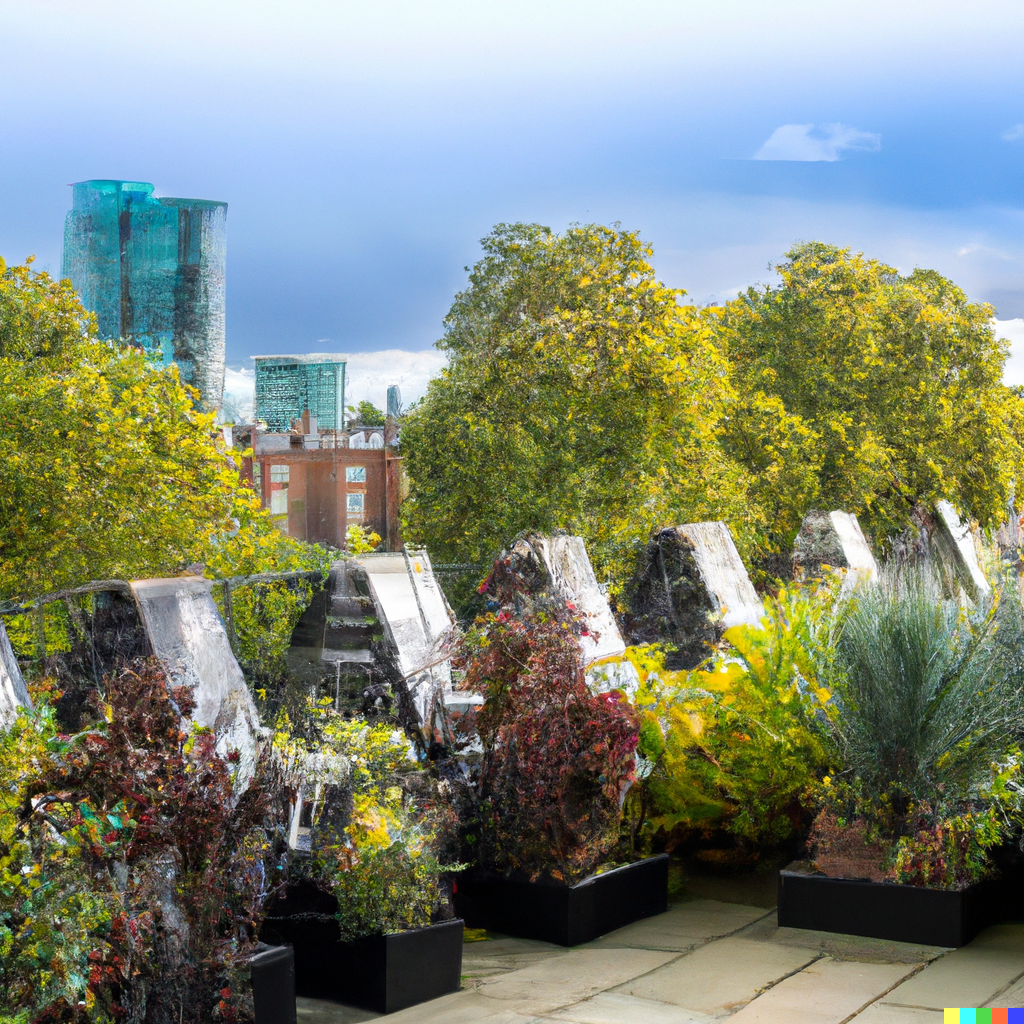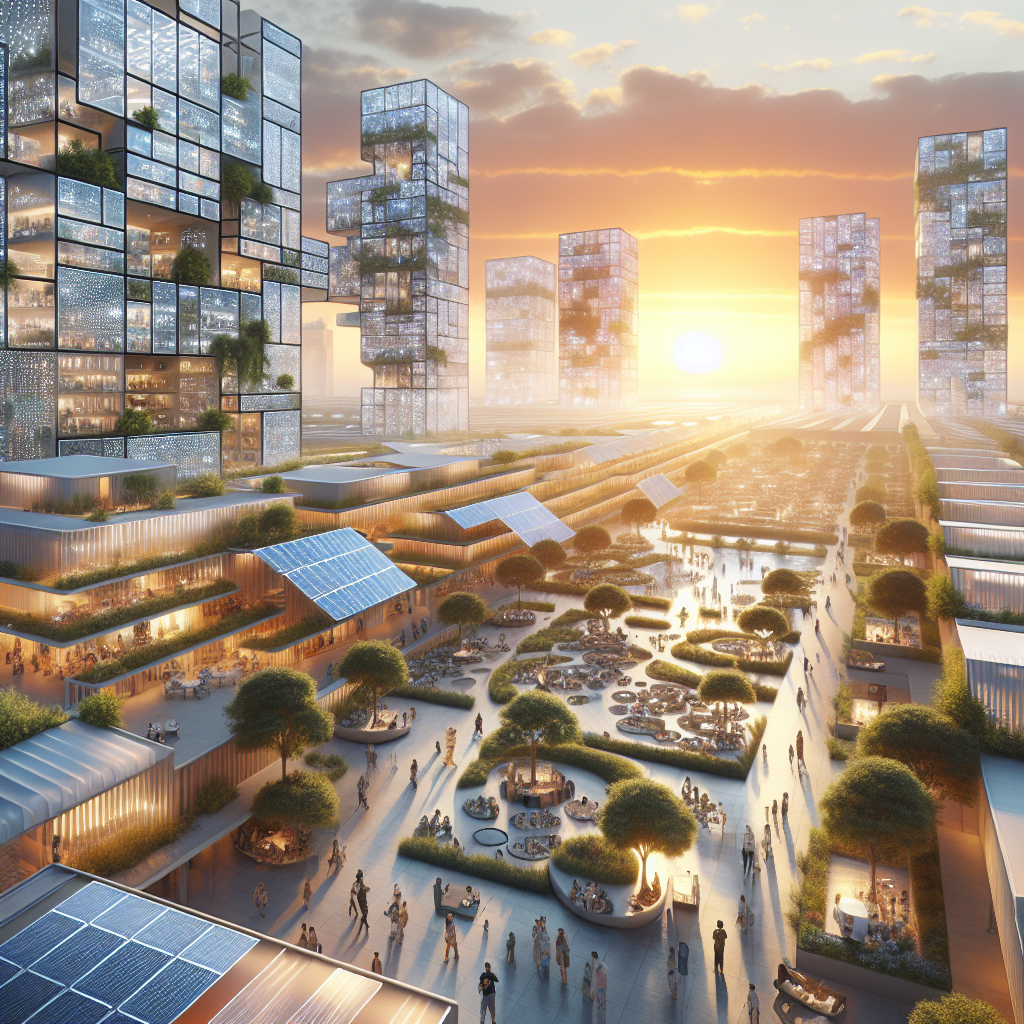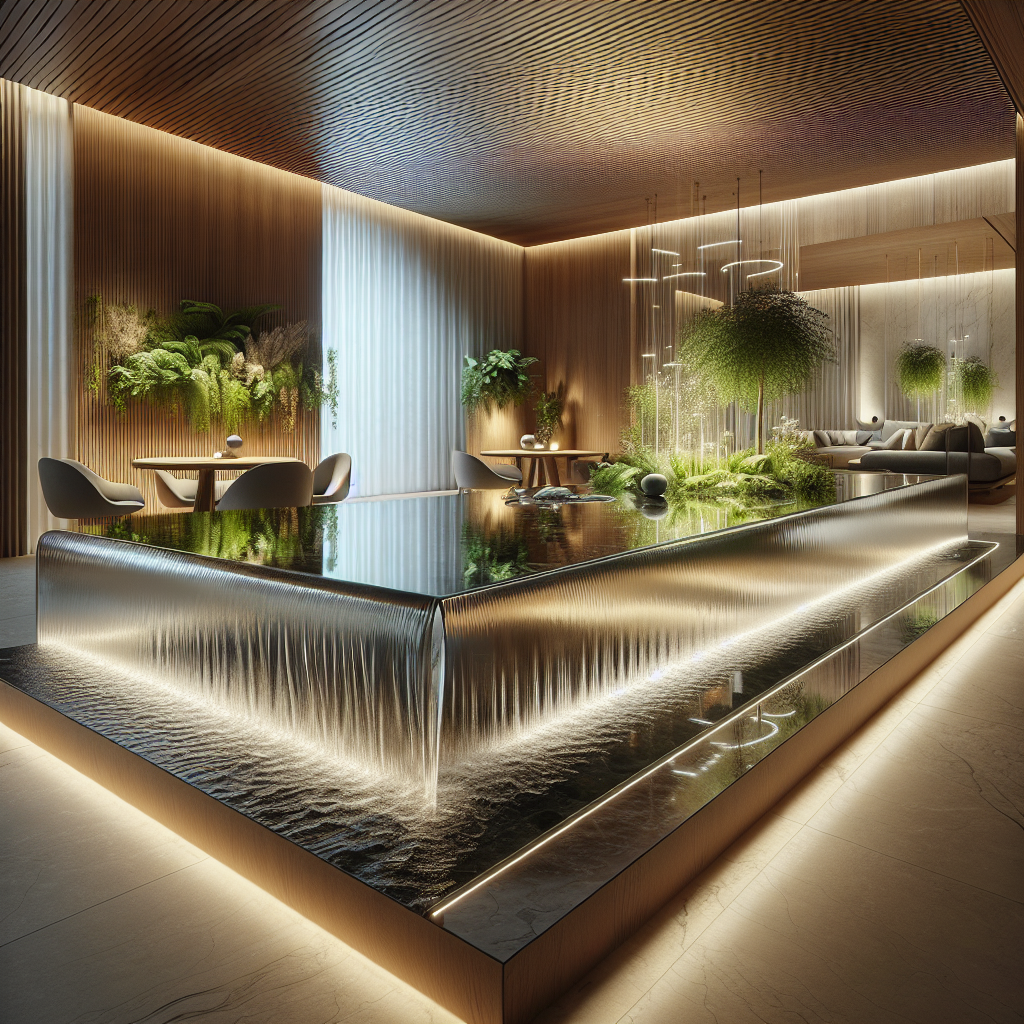Green Roofs: How Rooftop Gardens are Transforming Urban Landscapes

Green Roofs: How Rooftop Gardens are Transforming Urban Landscapes
Urban living is becoming increasingly popular, with more and more people choosing to live in cities. This has led to an increase in urban development, with cities becoming more and more crowded. In order to combat this, cities are looking for ways to create more green spaces and reduce their environmental impact. One of the most popular solutions is the use of green roofs, or rooftop gardens.
They are becoming increasingly popular, as they provide several benefits to cities. They help to reduce air pollution, absorb rainwater, and provide a habitat for wildlife. They also provide a pleasant environment for people to enjoy, and can help to reduce the urban heat island effect.
What is a Green Roof?
A green roof is a layer of vegetation installed on top of a building, such as grass, shrubs, and trees. The vegetation is typically grown in a soil-like medium, and is usually irrigated by rainwater. Green roofs can be used on residential and commercial buildings, ranging from small, simple gardens to large, complex systems.
Benefits of Green Roofs
Green roofs provide a number of benefits to cities. They help to reduce air pollution by trapping pollutants and providing a habitat for birds and other wildlife. They also absorb rainwater, reducing the strain on drainage systems. They can also help to reduce the urban heat island effect, as they provide shade and help to cool the air. Finally, green roofs provide a pleasant environment for people to enjoy, with some cities even offering public access to green roofs.
Examples of Green Roofs
Cities around the world installing them on a variety of buildings. One of the most famous examples is the Eden Project in Cornwall, England. This project consists of two large greenhouses, which are home to a variety of plants and trees. The greenhouses are also used to educate visitors about the importance of green roofs and their benefits.
In New York City, the High Line is a public park built on an abandoned elevated railway line. The park features a variety of green roofs, including grass, shrubs, and trees. The park is a popular destination for locals and tourists alike, and provides a pleasant environment for people to enjoy.
Conclusion
They help to reduce air pollution, absorb rainwater, and provide a habitat for wildlife. They also provide a pleasant environment for people to enjoy, and can help to reduce the urban heat island effect. With examples such as the Eden Project and the High Line, it is clear that green roofs are transforming urban landscapes and providing a much-needed respite from the hustle and bustle of city life.





